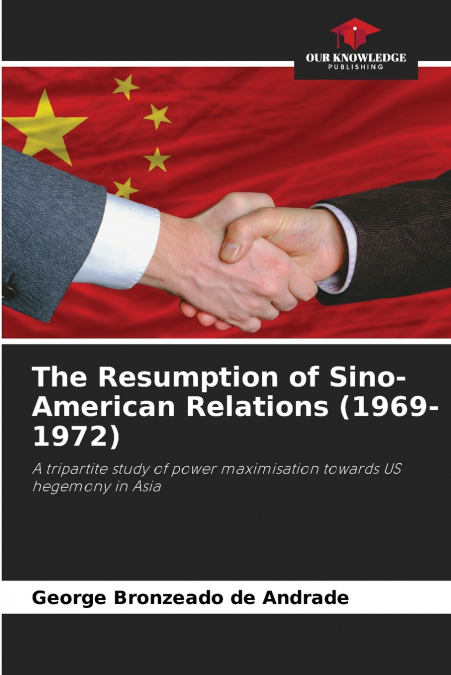
George Bronzeado de Andrade
Few researchers have dedicated themselves to understanding the Sino-American rapprochement in the late 1960s and early 1970s from a tripartite perspective, in its historical, political and theoretical aspects. George B. de Andrade’s research undertakes an in-depth study of the reunion that shocked the world, in the midst of the Cold War, between the two giants that represented each other’s political, ideological and economic opposition, the reunion between the system’s hegemonic power (USA), the leading country of liberal-democratic capitalism, and on the other side, Mao Zedong’s communist China. Explaining the historical context of the rapprochement, the political nuances surrounding the reunion and, among other theories, John Mearsheimer’s Theory of Offensive Realism, the author creates a kaleidoscope that explains the Sino-American rapprochement after more than twenty (20) years of diplomatic rupture and political dissension from different angles (which is why it is a tripartite study). Contrary to what many people think, the book debunks the idea that China’s opening to international reintegration began during the Deng Xiaoping period, but shows that China’s international inflection began with Mao.